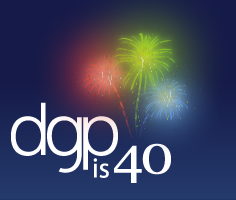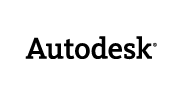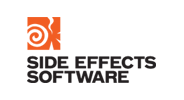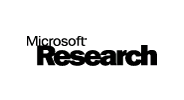
DGPis40:
Scientific Workshop & 40th Anniversary Reunion
Wednesday, May 28 - Friday, May 30, 2008
University of Toronto, Toronto, Ontario


Sponsors:
Session 1: Intelligent Interfaces
Thirty Years of Trying to Make Programming Easier for Everyone
Brad A. Myers [Website]
 |
Professor, Human Computer Interaction Institute School of Computer Science Carnegie Mellon University |
Location:
Room 1160, Bahen Centre, 40 St. George Street, University of Toronto
Abstract:
One theme of my research through the years, including my PhD at DGP, has been trying to make programming easier. I have worked on various approaches, including visualization, programming by example, visual programming, software frameworks and toolkits, interactive editors, and making programming more natural. We have targeted professional programmers, novice programmers (who are trying to learn to be professionals), and people we now call "end-user programmers" – who find programming useful but for whom programming is not their main job. Along the way, we have created about 50 systems whose names are silly acronyms. This talk will summarize what we have learned and the challenges still ahead.
Bio:
Brad A. Myers is a Professor in the Human-Computer Interaction Institute in the School of Computer Science at Carnegie Mellon University. He is an ACM Fellow, and a member of the CHI Academy, an honor bestowed on the principal leaders of the field. He is the principal investigator for the Pebbles Handheld Computer Project and the Natural Programming Project, and previously led the Amulet and Garnet projects. He is the author or editor of over 325 publications, including the books "Creating User Interfaces by Demonstration" and "Languages for Developing User Interfaces," and he has been on the editorial board of five journals. He has been a consultant on user interface design and implementation to over 50 companies, and regularly teaches courses on user interface design and software.
Myers received a PhD in computer science at the University of Toronto where he developed the Peridot user interface tool. He received the MS and BSc degrees from the Massachusetts Institute of Technology during which time he was a research intern at Xerox PARC. From 1980 until 1983, he worked at PERQ Systems Corporation. His research interests include user interface development systems, user interfaces, handheld computers, programming environments, programming language design, programming by example, visual programming, interaction techniques, and window management. He is a Senior Member of the IEEE, and also belongs to SIGCHI, ACM, the IEEE Computer Society, and Computer Professionals for Social Responsibility.
Reflections on Window Systems: A Personal History of Software Engineering
Rob Pike [Website]
 |
Principal Engineer Google, Inc. |
Location:
Room 1160, Bahen Centre, 40 St. George Street, University of Toronto
Abstract:
Window systems owe a lot to the work done at DGP in the 1970s. There
were even a few programs back then that contained the seed of what
would flower into window systems (as distinct from mere windowed
environments) in the decade that followed.
Today window systems are so familiar that it's easy to forget the challenges their development presented. They're hard to write and harder to write correctly and robustly. Besides the obvious graphical and interactive techniques, they also evolved with – and in some cases stimulated – the development of multithreaded programming, message passing, RPCs and other systems programming ideas. At least one programming language and at least one operating system were designed specifically to provide the environment in which to create a window system. Therein lies a tale.
Bio:
Rob Pike, well known for his appearances on "Late Night with David Letterman", has been a member of the Systems Lab at Google, Inc., since 2002. For countless years he toiled as a Member of the Technical Staff at Bell Laboratories in Murray Hill, New Jersey. In 1981 he wrote the first bitmap window system for Unix systems, and has since written ten more. He was a principal designer and implementer of the Plan 9 and Inferno operating systems. With Bart Locanthi he designed the Blit terminal; with Brian Kernighan he wrote 'The Unix Programming Environment' and 'The Practice of Programming'. A shuttle mission nearly launched a gamma-ray telescope he designed. He is a Canadian citizen and has never written a program that uses cursor addressing.






